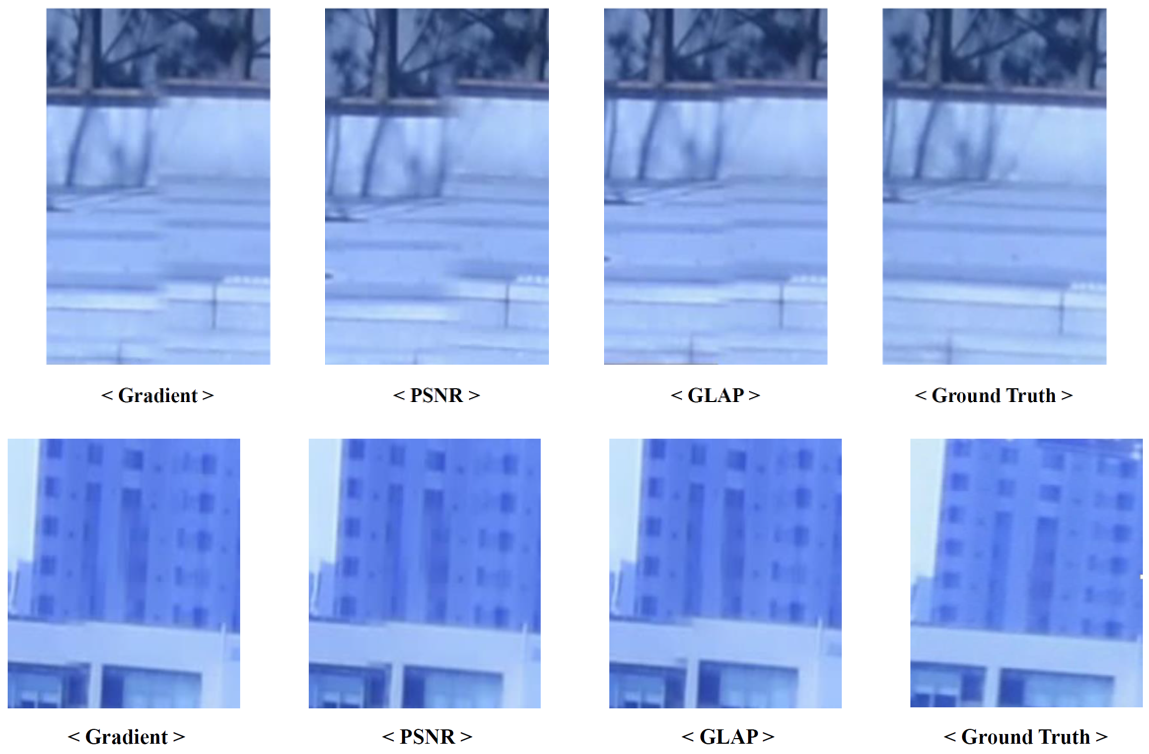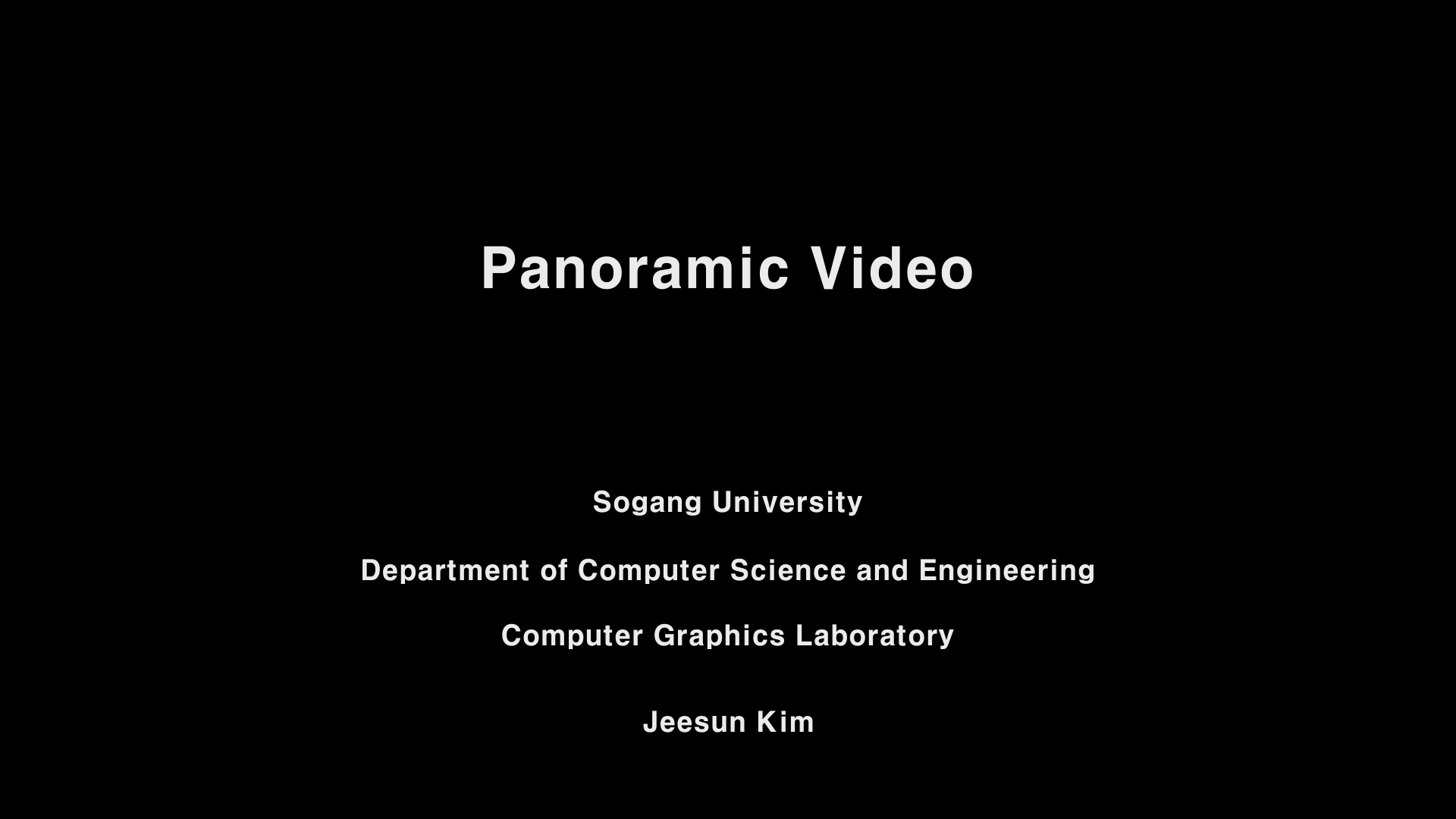Panoramic Video
Camera Synchronization
The synchronization problem may not affect panoramic images very badly. On the other hand, panoramic videos that panoramic images expand into can have more than a few aliases. That is why camera synchronization is a must before the stitching algorithm is applied. There are many methods about the camera synchronization, for example, using light or sound. More simply, cameras are manually synchronized. But this project is implemented based on [1] and [2].
Optimal Sub-Frame Selection

Once cameras are synchronized, each frames from them are stitched to be one panoramic frame. Unfortunately, there are artifacts in a panoramic frame created although cameras are synchronized because they take discretely pictures not continuously. These artifacts can be reduced by creating sub-frames which are not taken from the real camera and selecting the optimal one among these sub-frames.
Many optical flow algorithms can create sub-frames, but selecting the optimal one is not an easy problem since the good quality is an abstract measure and hard to modeled. So this project suggests this measure which I named GLAP(Gradient-LAplacian-PSNR). It is compared with other existing measures such as Gradient and PSNR. The GLAP measure has been patented as [3].
References
[1] PrarthanaShrstha, Mauro Barbieri, and Hans Weda. Synchronization of multi-camera video recordings based on audio. In Proceedings of the 15th International Conference on Multimedia, MULTIMEDIA ‘07, pages 545-548, New York, NY, USA, 2007. ACM
[2] JaapHaitsma. A highly robust audio fingerprinting system. pages 107-115, 2002
[3] I. I. Ihm and J. Kim, Method of producing panoramic video having reduced discontinuity for images, Korea Patent #10-1741699, May 2017

